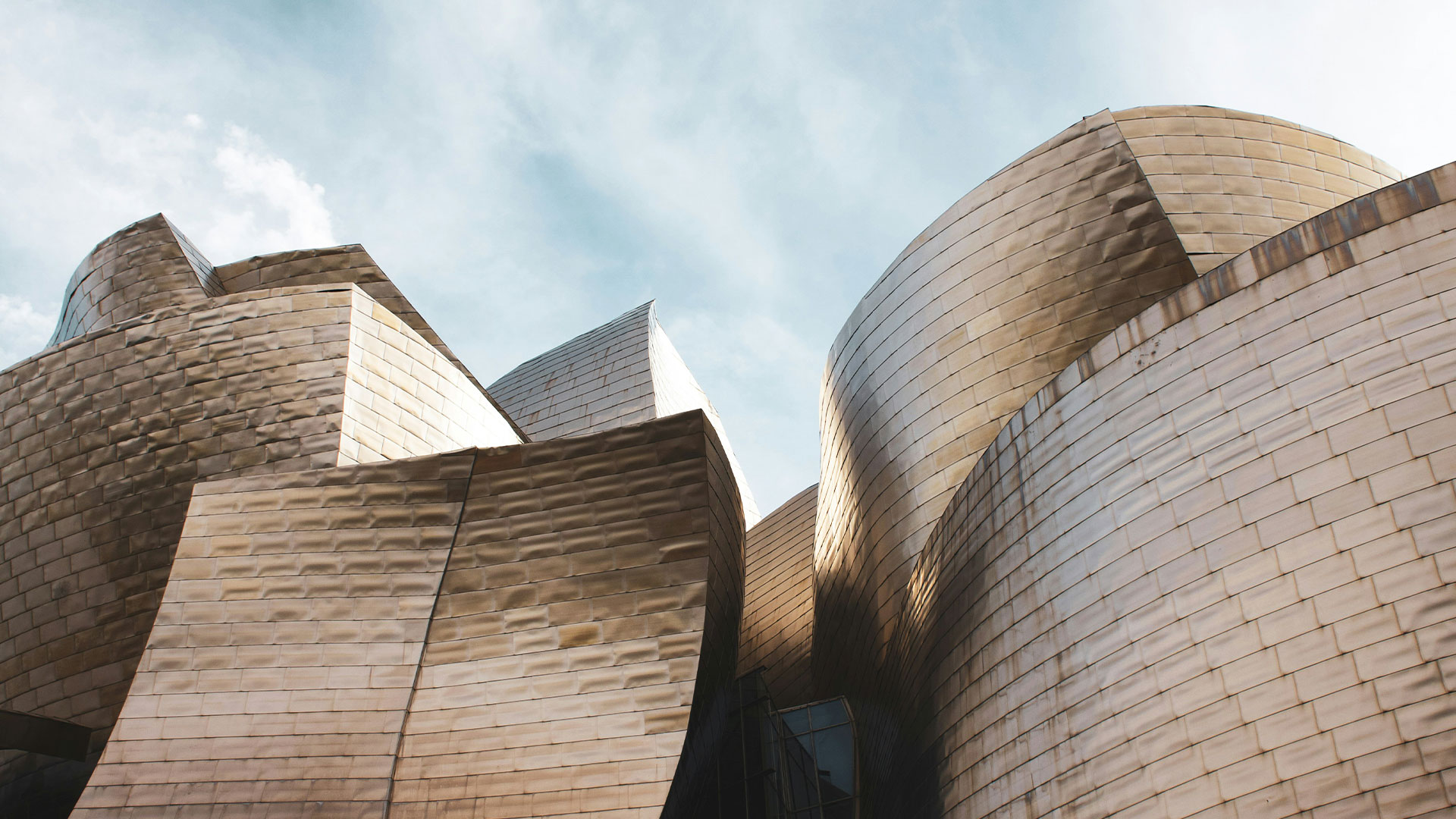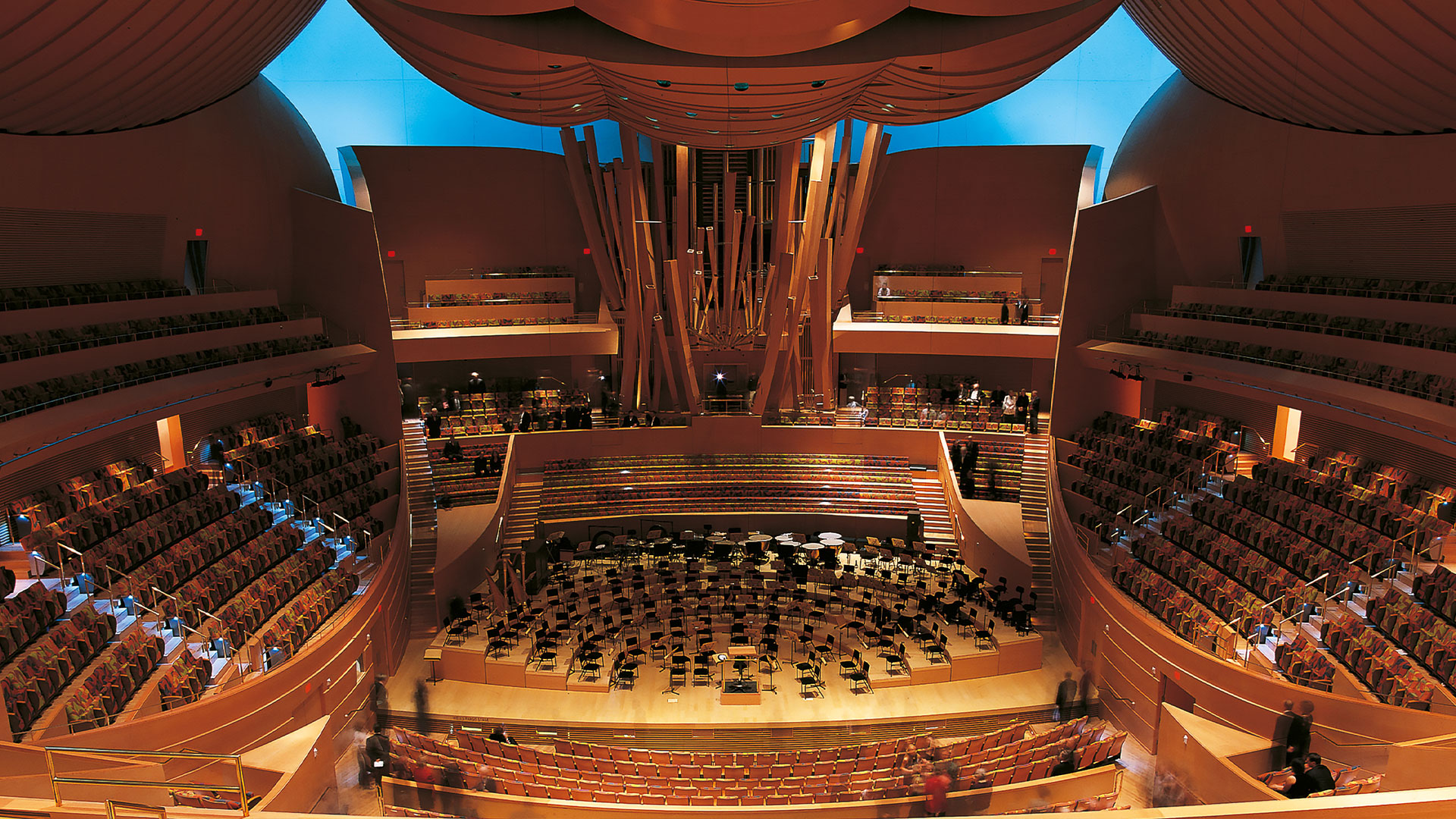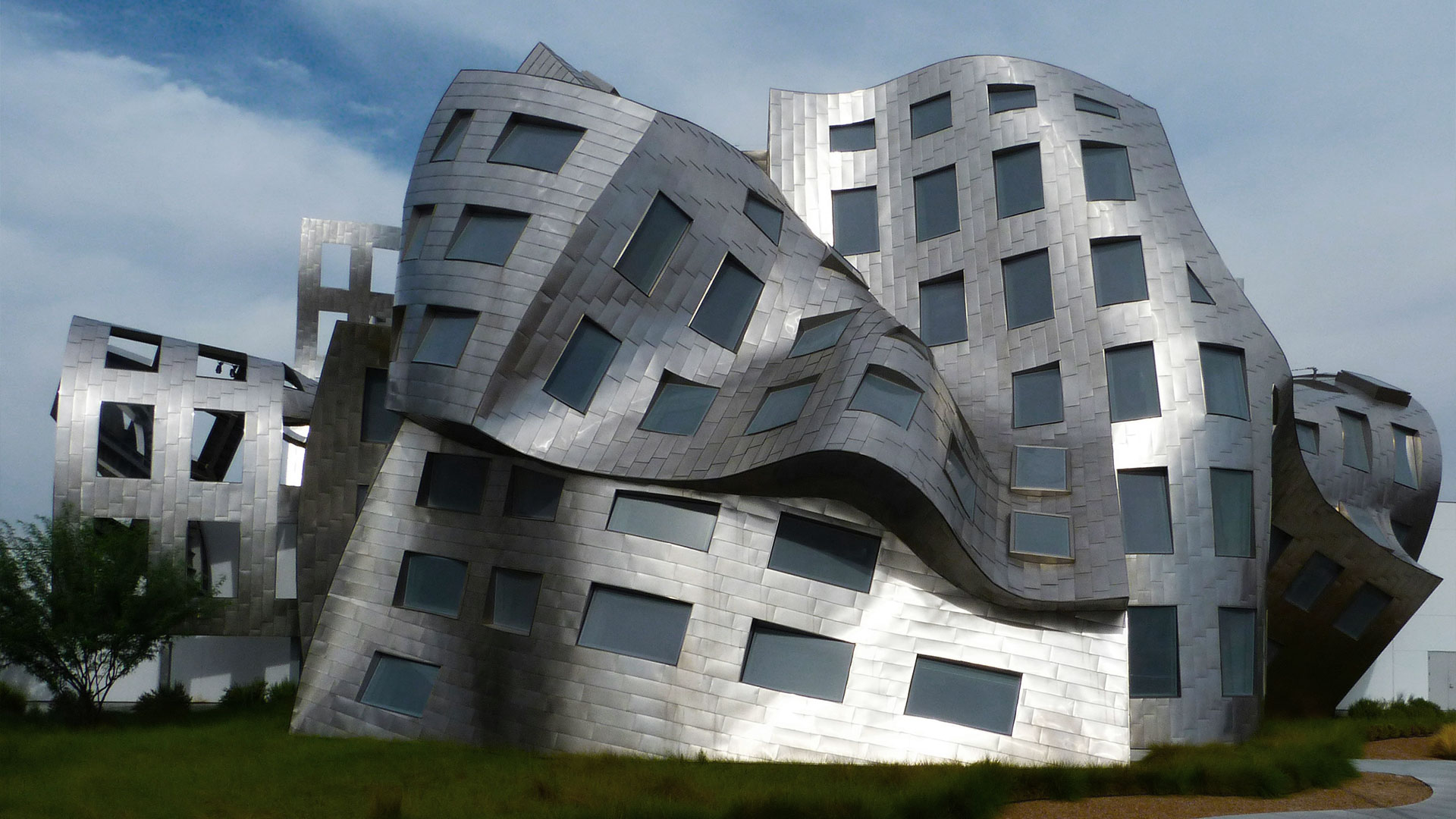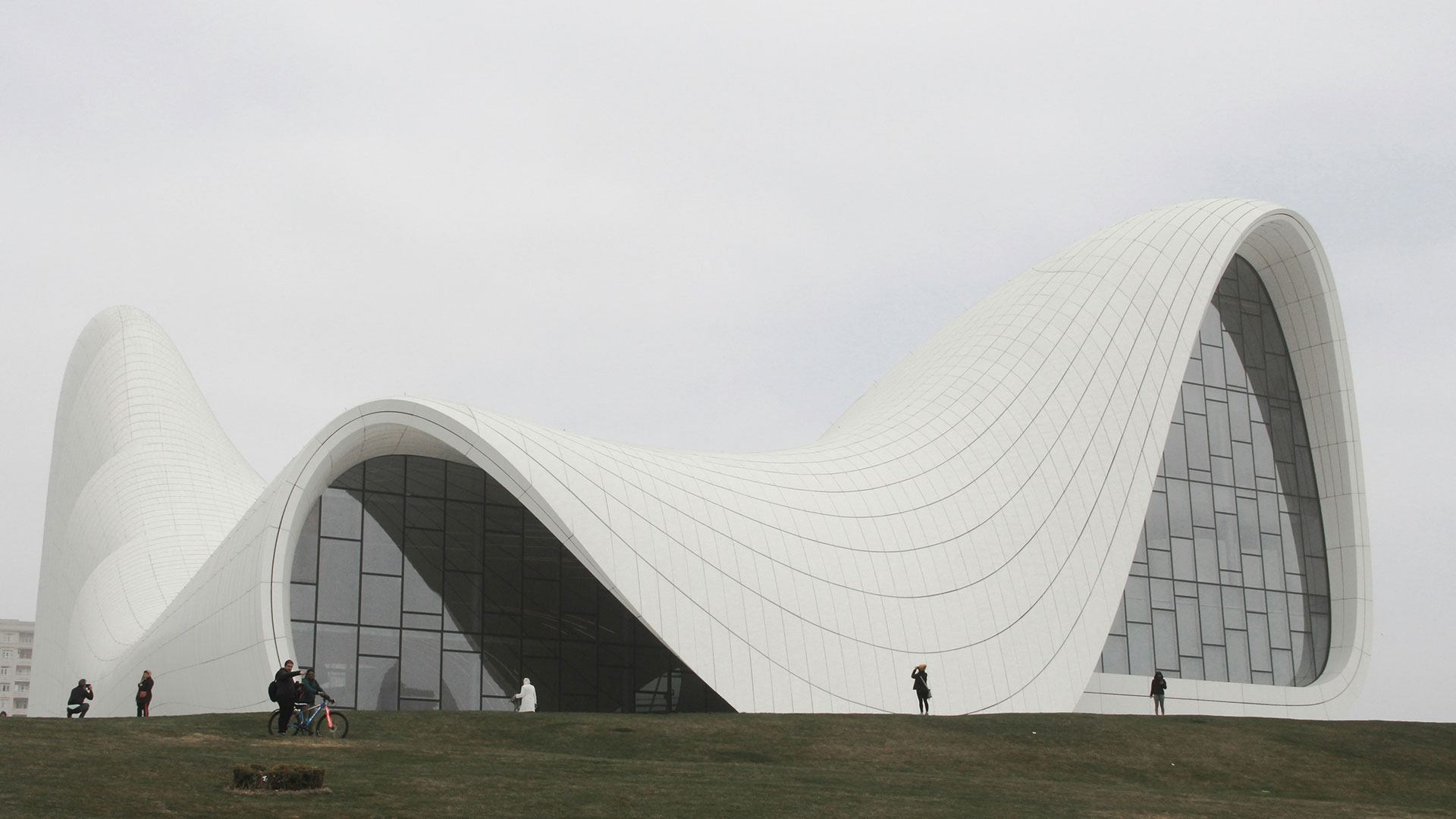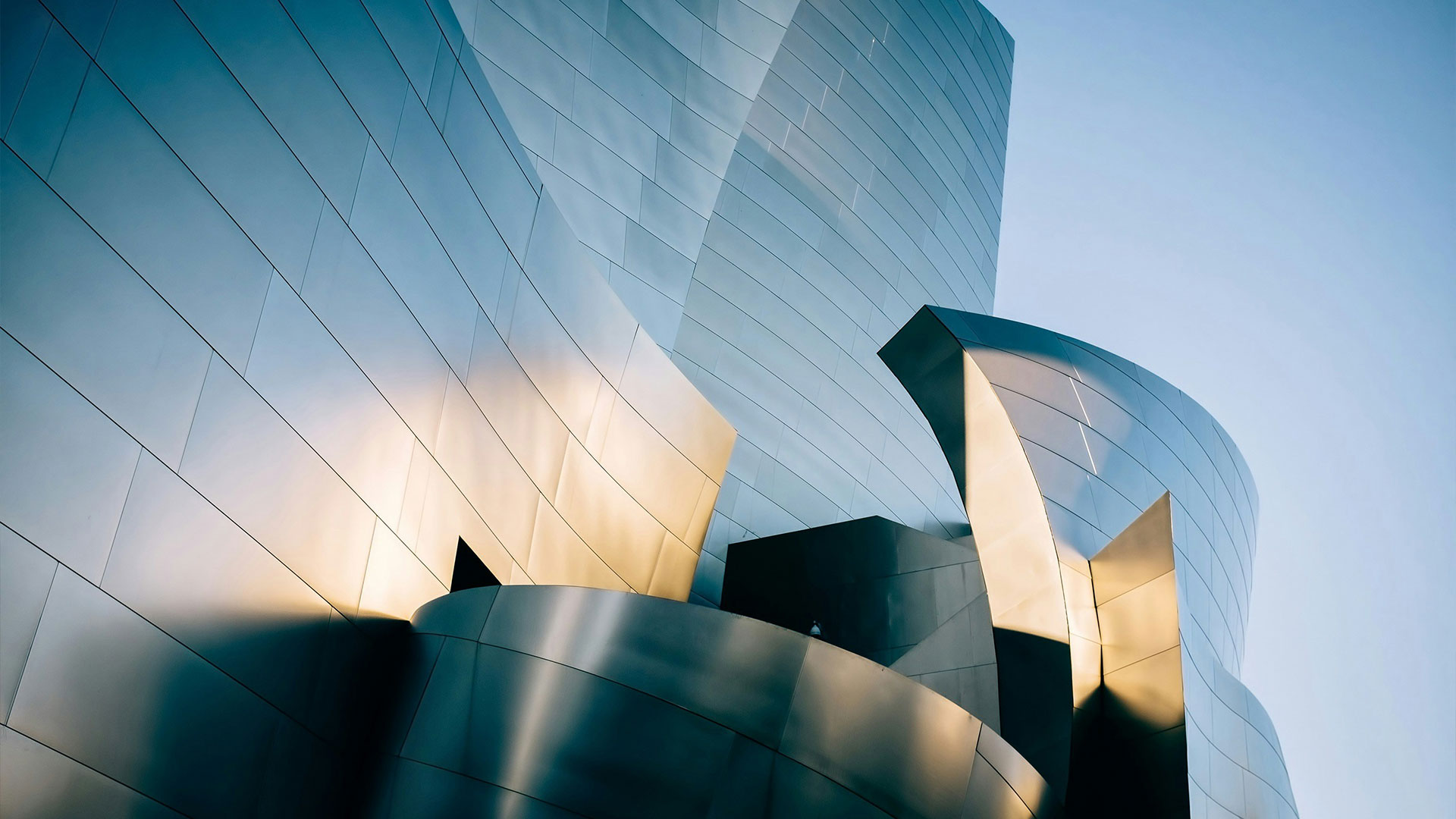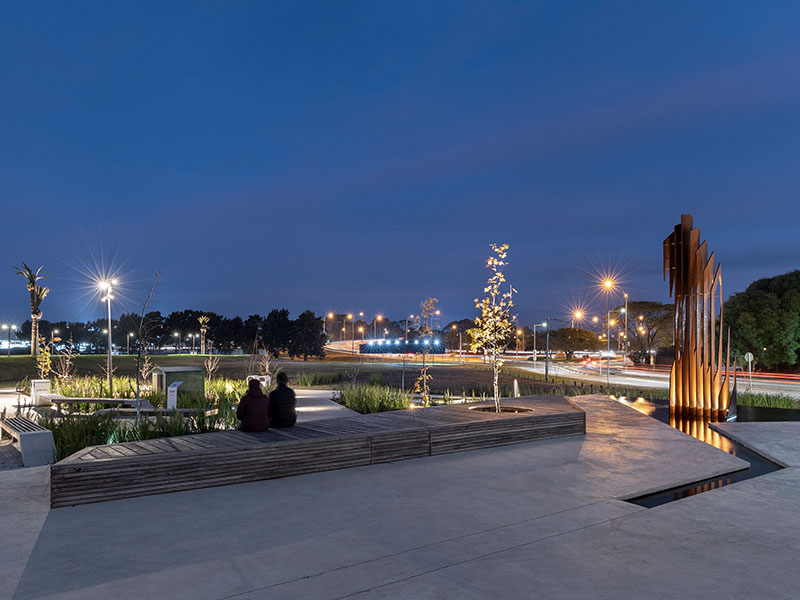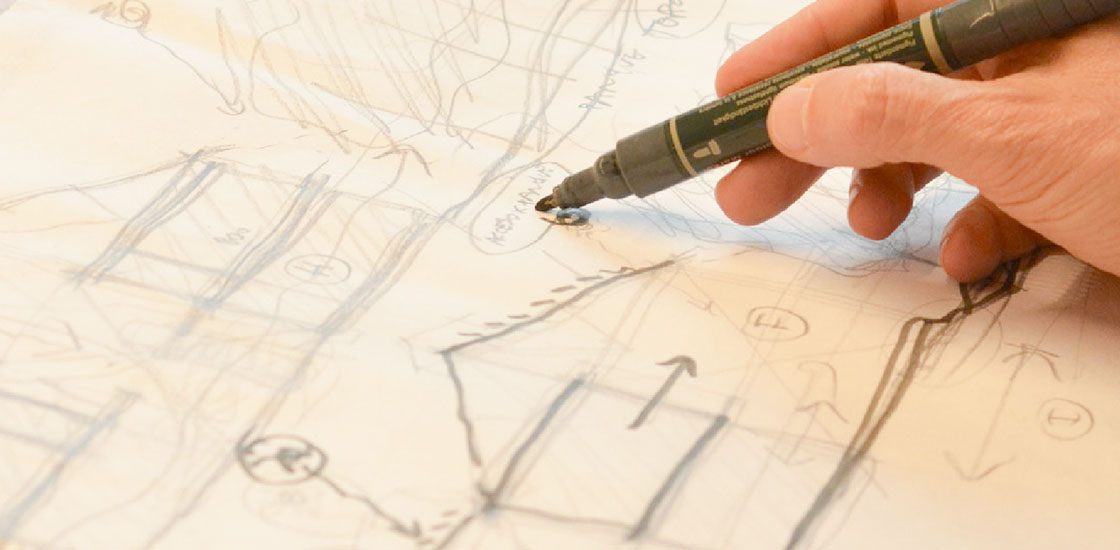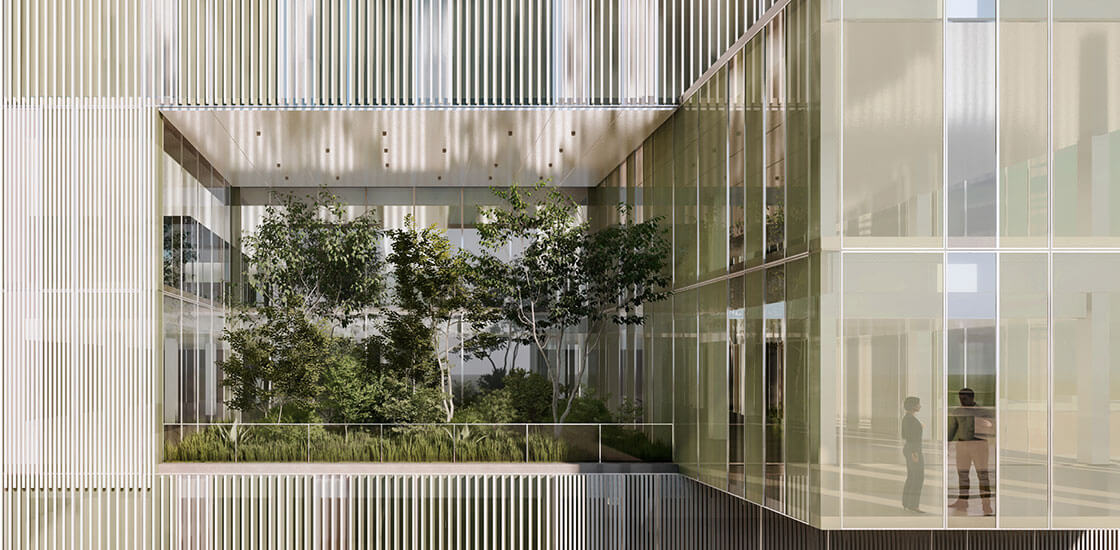Deconstruction in Architecture: The Art of Breaking the Rules and Reinventing Space
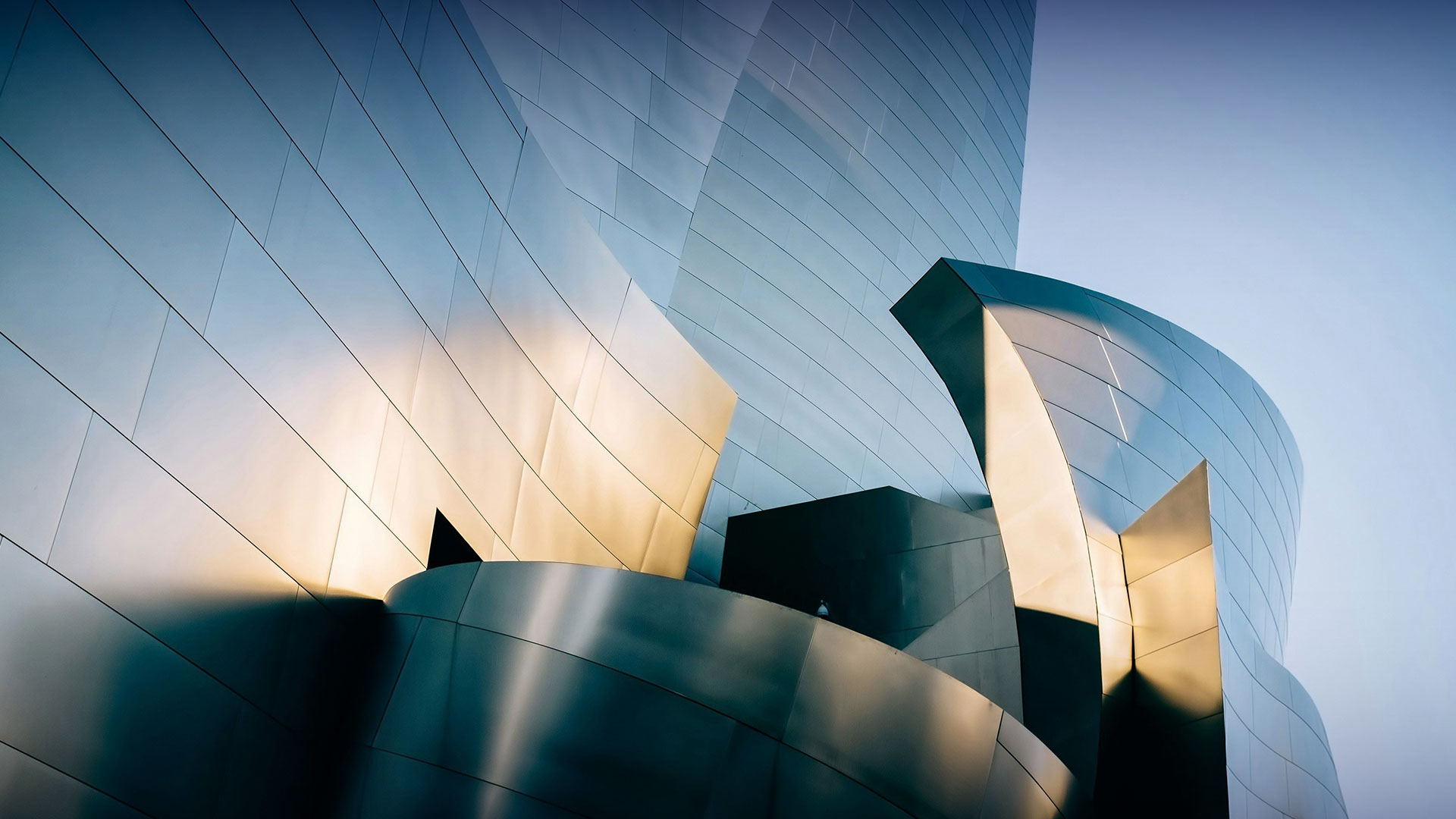

Reading Time: 7 minutes
Publication Date: 19/09/2025
In recent decades, deconstruction in architecture has revolutionized the way we think about buildings and cities. This approach, which boldly challenges formal and functional conventions, has given rise to iconic works and a new sensibility in contemporary design. But how did this movement emerge, and why does it continue to inspire architects and urban planners around the world?
Deconstruction in architecture, also known as deconstructivism, is a late 20th-century movement that defies conventional ideas of order, harmony, and stability in buildings. It does so through fragmented, distorted, and complex forms, irregular geometries, and a deliberate lack of obvious symmetry. At its core, deconstruction is about breaking down what we consider true or unchangeable. Architects who embrace deconstructivism use this concept to create spaces that seem to question established rules and order. Influenced by Jacques Derrida’s philosophical concept of deconstruction, architectural deconstructivism manipulates space, surface, and structure to create visual complexity and challenge established norms—resulting in structures that appear fractured, unstable, or even in motion.
The movement arose as a critical response to the established paradigms of modernism and postmodernism. Inspired by Derrida’s post-structuralist philosophy, deconstructivism invites us to question traditional structures and explore new forms of architectural expression. Rather than pursuing a defined style, deconstruction promotes a mindset of constant disruption and experimentation. In practice, deconstructivism brings these principles to design and construction, resulting in buildings that defy conventional logic.
Architectural Deconstructivism: History, Breakthroughs, and Redefinitions
The consensus is that the term “deconstructivism” reflects the convergence between the Russian Constructivist movement and the concept of deconstruction, highlighting the influence of both approaches on the development of this architectural trend.
However, a provocative alternative theory claims that the movement was literally born in flames, sometime in the mid-1980s, accompanied by Wolf Prix shouting “Architektur muss Brennen!”—“architecture must burn”—as he set fire to various installations in the courtyard of London’s Architectural Association.
In the 1980s, this movement—which deconstructs the very concept of “movement”—experienced renewed interest, especially following the influential “Deconstructivist Architecture” exhibition at New York’s MoMA in 1988. Architects such as Frank Gehry, Zaha Hadid, Bernard Tschumi, and Daniel Libeskind became leading figures in a new way of understanding space. Their works are characterized by fragmentation, non-linear geometry, visual tension, and a rejection of symmetry and predictability. This approach has allowed architecture to be explored as a field open to interpretation, surprise, and a multiplicity of readings.
Key characteristics of deconstructivism include fragmentation and disruption—buildings often appear to be disintegrating or shifted from their original positions. Designs are distinguished by irregular, complex geometries, featuring sharp angles, curves, and pointed corners, deliberately avoiding right angles. The absence of symmetry and harmony is another hallmark: these works lack obvious balance and continuity, challenging traditional notions of architectural form and order. Architects also manipulate form and surface through folds, twists, and unusual angles, resulting in unconventional and striking structures.
Ultimately, deconstructivism is defined by its challenge to preconceived rules, freeing architecture from strict norms and questioning the order and stability of conventional design.
Buildings That Defy Logic
Deconstruction in architecture has produced some of the most recognizable—and debated—buildings of recent decades. These works not only challenge traditional design logic but also propose new ways to experience space and the city.
One of the most iconic examples is Bernard Tschumi’s Parc de la Villette in Paris. Opened in 1987, this urban park breaks with conventional public space logic by overlaying independent systems and fragmenting the journey, inviting visitors to a playful, nonlinear experience of the landscape.
The Guggenheim Museum Bilbao, designed by Frank Gehry in Spain, is considered a milestone of deconstructivism. Its sweeping curves, interlocking volumes, and innovative use of titanium defy orthogonality and have made the building a symbol of urban transformation.
Another standout is the Walt Disney Concert Hall by Frank Gehry in Los Angeles. With its metallic surfaces and fluid geometries, this building takes deconstruction to a monumental scale, creating a unique sensory experience both inside and out.
Daniel Libeskind’s Jewish Museum Berlin in Germany uses angular geometry and spatial narrative to express memory and trauma. The building fragments and folds, creating pathways filled with meaning and emotion.
In Beijing, the CCTV Headquarters by OMA/Rem Koolhaas challenges the traditional logic of office towers with its monumental loop-shaped structure. Opened in 2012, this building exemplifies how deconstructivism can engage with urban scale and advanced engineering, generating new typologies and ways of inhabiting space.
The MAXXI – National Museum of 21st Century Arts in Rome, designed by Zaha Hadid, explores spatial fluidity and fragmentation. The building is composed of interwoven volumes and dynamic lines that break away from the traditional box, inviting a free and ever-changing journey. Hadid, a key figure in the movement, challenged orthogonal geometry with both sharp angles and bold curves—her early work is essential to understanding the evolution of deconstructivism.
Finally, the Lou Ruvo Center for Brain Health by Frank Gehry in Las Vegas is a striking example of sculptural, challenging forms applied to healthcare architecture, where fragmentation and formal fluidity enhance the user experience.
From Paper to Algorithm: Deconstruction in Digital Architecture
The advent of digital tools and modeling software has revolutionized architectural practice, taking deconstruction to new levels of complexity and experimentation. Parametric design allows architects to manage thousands of variables in real time and generate geometries that would be impossible to draw by hand. According to Allied Market Research, the global architectural modeling software market surpassed $9 billion in 2022 and is expected to grow at a compound annual rate of 8.5% through 2032, reflecting the increasing adoption of these technologies.
Digital fabrication, through techniques like 3D printing and CNC cutting, has made it possible to realize complex forms with millimeter precision. In 2023, the global 3D construction printing sector reached a value of $1.4 billion and is projected to exceed $5 billion by 2030.
Today, numerous studios are exploring deconstruction through generative algorithms, advanced structural simulations, and smart materials, blurring the boundaries between the physical and the virtual. These practices show how digital experimentation is redefining fragmented, nonlinear architecture.
A Fragmented Future
The legacy of deconstruction in architecture goes beyond aesthetics—it has transformed how we conceive the relationship between space, function, and user experience. According to the Royal Institute of British Architects (RIBA), over 60% of architecture firms worldwide use generative design and digital simulation tools. This influence extends to sustainable architecture, where fragmentation and formal adaptability help optimize resource use and respond to changing contexts.
In urban planning, deconstruction has inspired flexible, resilient approaches, promoting the creation of multifunctional, adaptive public spaces. Cities like Shenzhen and Dubai have incorporated principles of fragmentation and formal experimentation into their new urban developments, embracing diversity and innovation.
The open question is: what new paradigms will emerge from deconstruction? With artificial intelligence, robotics, and smart materials gaining ground, the 21st century promises a continuous evolution in how we conceive and inhabit our cities and buildings. Far from being a passing trend, fragmented architecture is establishing itself as a driving force for change and experimentation in the digital age.
